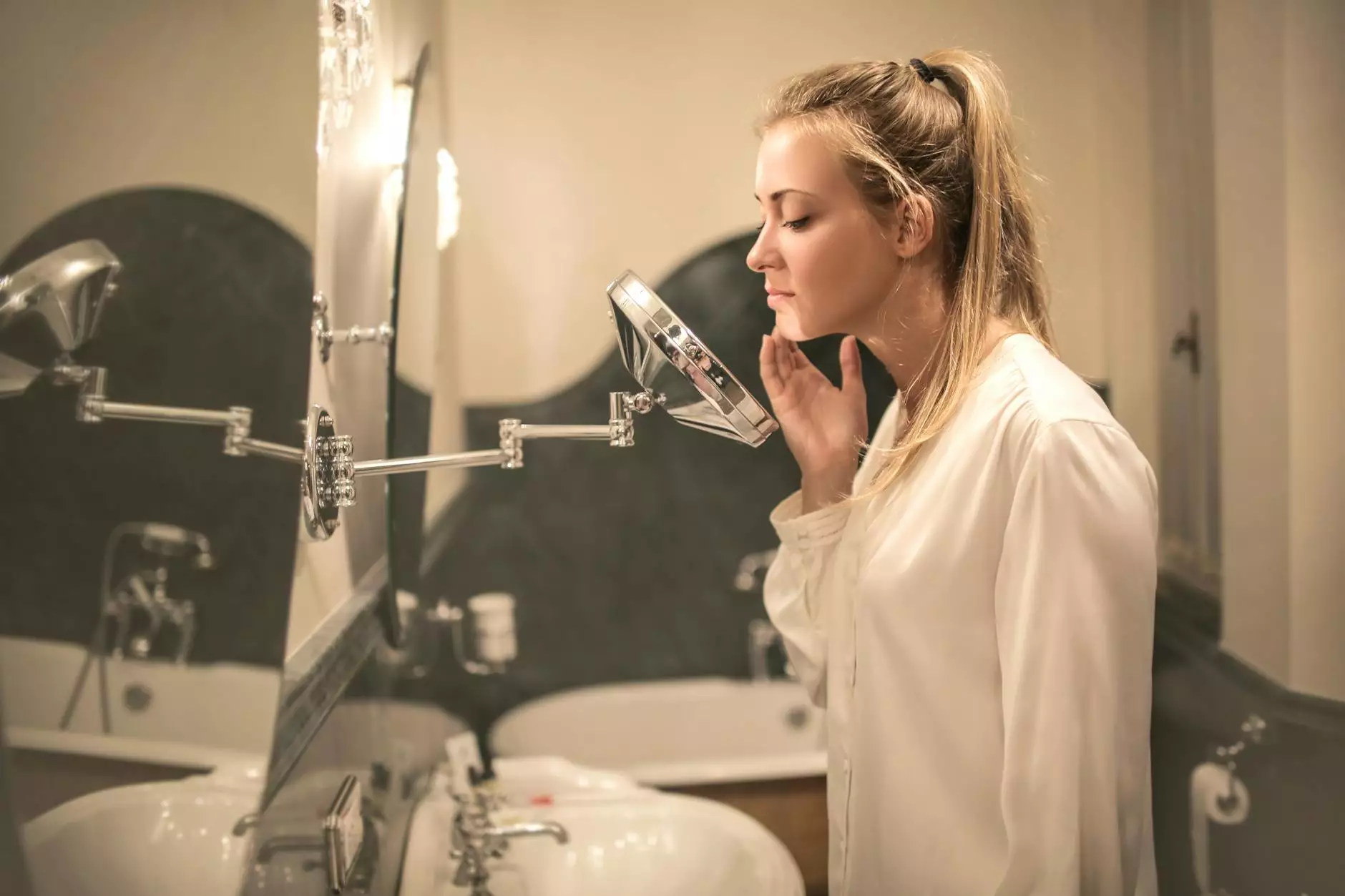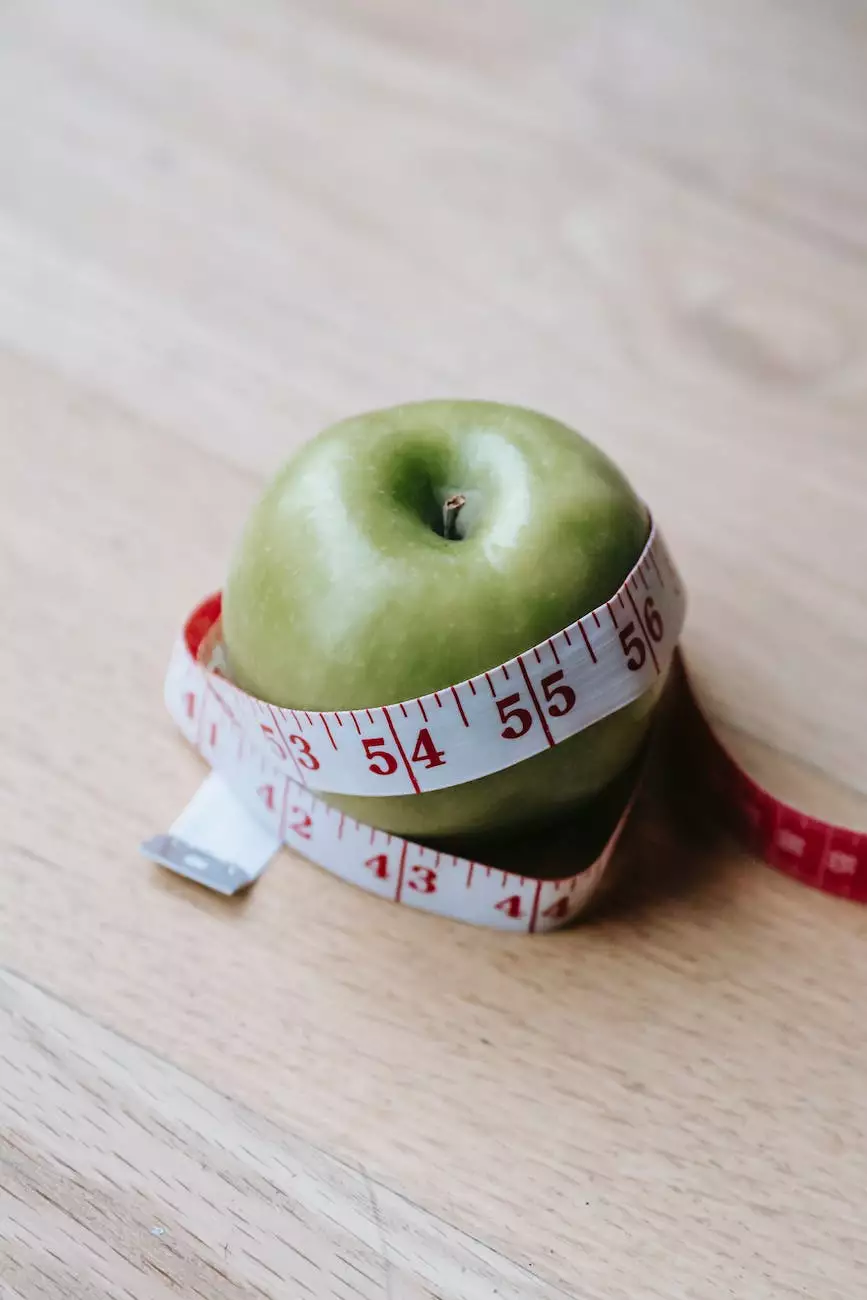Safe Sun: Learn the Basics of Skin Checks
Blog
Introduction
Welcome to Back 2 Life Chiropractic's blog, where your health and well-being are our top priorities. In this article, we will discuss the importance of safe sun practices and the basics of performing skin checks. Taking care of your skin is crucial for both your physical and mental well-being. Let's dive in!
The Sun's Impact on Your Skin
The sun emits harmful ultraviolet (UV) radiation, which can deeply impact your skin's health. Prolonged exposure to UV rays can lead to various skin conditions, including sunburn, premature aging, and even skin cancer. It is essential to protect your skin from the sun's harmful effects to maintain its overall health.
Sun Safety Tips
Here are some essential sun safety tips to help you safeguard your skin:
- Apply sunscreen: Always use sunscreen with a high SPF (Sun Protection Factor) before going outside. Reapply it every two hours, especially if you are swimming or sweating excessively.
- Seek shade: Minimize direct sun exposure, especially during peak hours when the sun's rays are strongest (usually between 10 AM and 4 PM).
- Wear protective clothing: Cover your skin with long-sleeved shirts, wide-brimmed hats, and sunglasses to shield yourself from UV rays.
- Avoid tanning beds: Tanning beds emit harmful UV radiation, which can increase your risk of skin cancer. Embrace your natural skin color instead!
- Stay hydrated: Drink plenty of water to keep your skin hydrated and prevent it from drying out.
The Importance of Skin Checks
Regular skin checks are vital for early detection of any potential skin issues, including skin cancer. By recognizing changes in your skin, you can seek appropriate medical attention promptly. Here's how you can perform a basic skin check:
Step 1: Find a Well-Lit Area
Start by locating a well-lit area in your home or use a handheld mirror to get a clear view of your body.
Step 2: Examine Your Skin
Systematically examine your entire body, focusing on one section at a time. Take note of any moles, freckles, or spots that look suspicious.
Step 3: Look for ABCDE Signs
Remember the ABCDE signs of skin cancer:
- Asymmetry: If one half of a mole or spot does not match the other half.
- Border irregularity: Ragged, blurred, or notched edges of a mole or spot.
- Color changes: Different shades of black, brown, tan, or even red, white, and blue within a mole or spot.
- Diameter: A mole or spot larger than 6 millimeters in diameter (approximately the size of a pencil eraser).
- Evolving: Any changes in size, shape, color, elevation, or any new symptoms such as itching, crusting, or bleeding.
Step 4: Consult a Professional
If you notice any suspicious changes or are unsure about any skin abnormalities, it is crucial to consult a dermatologist. They can accurately evaluate your skin and provide appropriate advice or treatment if necessary.
Conclusion
Protecting your skin from the sun's harmful rays and regularly checking it for any abnormalities are essential for maintaining your overall health. Back 2 Life Chiropractic encourages you to follow the safe sun practices discussed in this article and consult a healthcare professional for any concerns. Stay safe, stay healthy!




